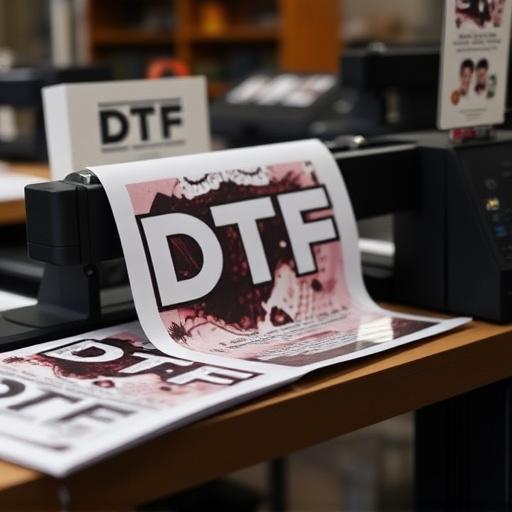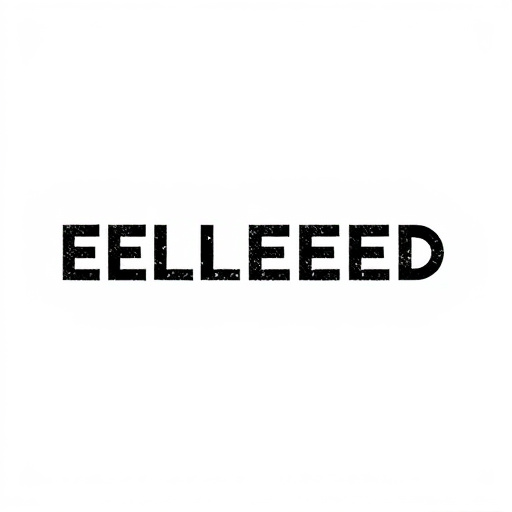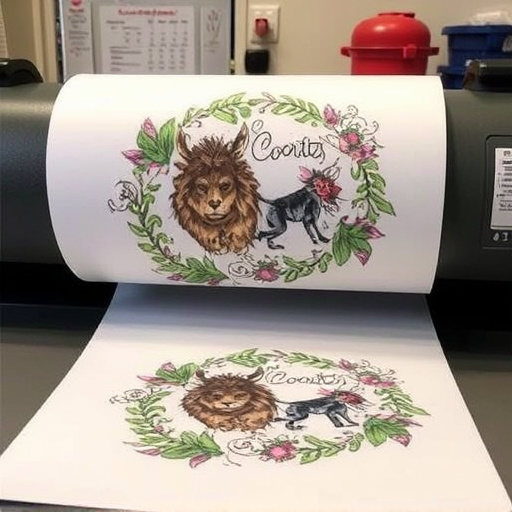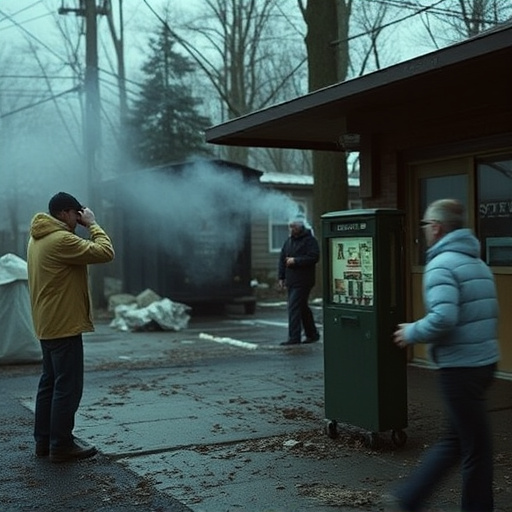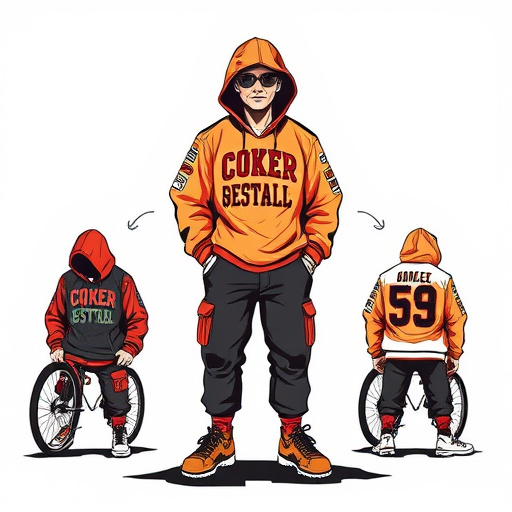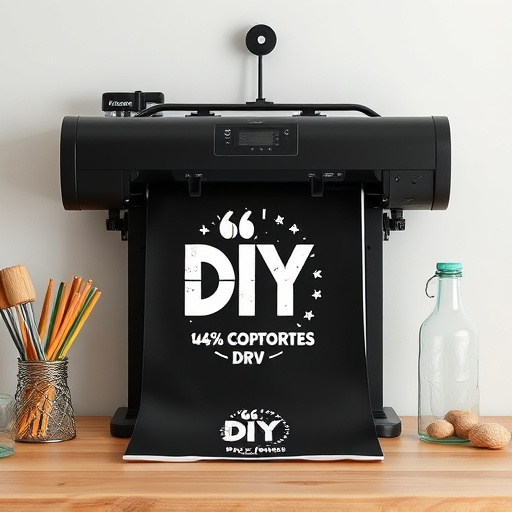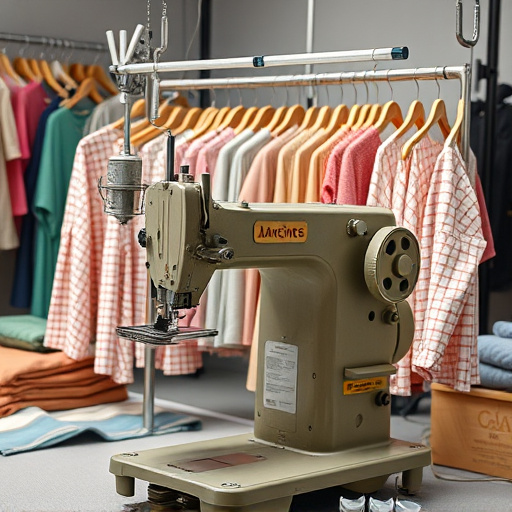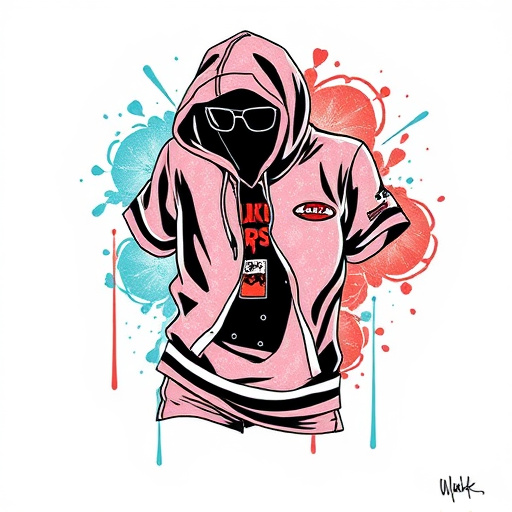In the dynamic fashion industry, DTF (Direct to Fabric) rush orders have become a key strategy for brands to stay competitive by swiftly creating custom designs on items like hoodies and t-shirts within days. This technology enables designers to adapt to market demands, consumer preferences, and trends, ensuring their products remain relevant and desirable. By leveraging DTF rush orders, fashion labels foster urgency and exclusivity, allowing enthusiasts to access the latest styles promptly. However, executing this approach successfully requires clear communication, realistic deadlines, flexible supply chains, efficient inventory management, and collaboration with reliable manufacturers.
In the fast-paced world of fashion, staying ahead of trends is crucial. DTF (Direct to Final) rush orders have emerged as a game-changer, enabling brands to swiftly respond to market demands. This article delves into the dynamics of DTF rush orders, exploring their benefits in keeping pace with fashion cycles and highlighting challenges along the way. From understanding the process to best practices for efficient production and timely deliveries, discover how these orders are revolutionizing the industry.
- Understanding DTF Rush Orders: The Need for Speed in Fashion
- Benefits of DTF Rush Orders: Staying Ahead of the Fashion Cycle
- Challenges and Best Practices: Navigating Rapid Production for Timely Deliveries
Understanding DTF Rush Orders: The Need for Speed in Fashion
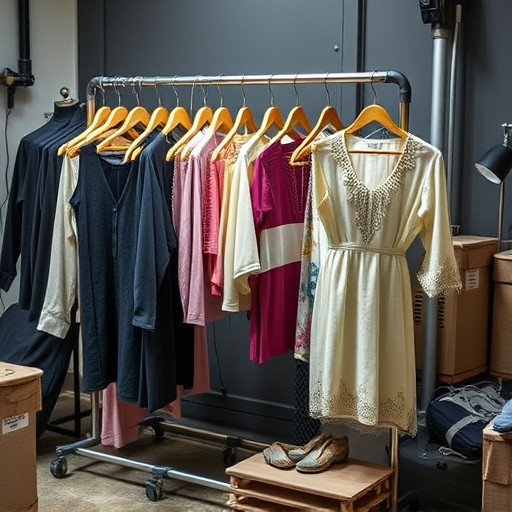
In the fast-paced world of fashion, where trends come and go at lightning speed, DTF (Direct to Fabric) rush orders have become an indispensable tool for brands and designers. This innovative printing method allows for incredibly quick turnaround times, enabling businesses to keep up with the ever-changing demands of the market. With DTF rush orders, creating custom designs on items like hoodies or t-shirts can be accomplished in a matter of days instead of weeks.
The need for speed is evident in today’s competitive fashion landscape. Brands must swiftly adapt to emerging trends and consumer preferences, ensuring their products remain relevant and desirable. DTF printing facilitates this agility by offering precise, high-quality designs applied directly to fabric using advanced technology. Whether it’s a limited-edition collection or a last-minute marketing campaign, DTF transfer ensures that fashion enthusiasts can access the latest styles promptly, fostering a sense of urgency and exclusivity in the industry.
Benefits of DTF Rush Orders: Staying Ahead of the Fashion Cycle
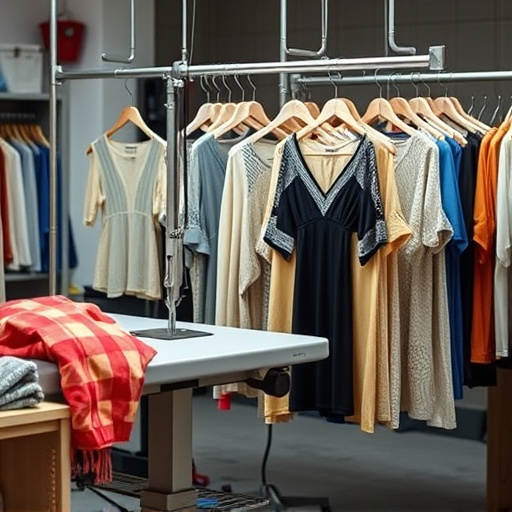
In today’s fast-paced fashion industry, staying ahead of the curve is paramount for brands and designers. DTF (Direct to Film) Rush Orders offer a game-changer solution, enabling businesses to keep up with ever-evolving trends and consumer demands. This innovative printing method allows for rapid production of personalized garments, such as direct to film personalized hoodies, in a matter of days. With DTF transfer sheets, brands can swiftly adapt to new fashion cycles, ensuring their collections remain fresh and desirable.
The advantages are clear: DTF printer technology streamlines the customization process, making it easier to create unique, on-trend designs. It also minimizes lead times, allowing companies to respond promptly to market shifts. Whether it’s incorporating bold colors, intricate patterns, or custom graphics, DTF Rush Orders empower brands to offer limited-edition pieces that capture the essence of current fashion cycles. This agility not only keeps businesses competitive but also fosters a culture of innovation and responsiveness within the design team.
Challenges and Best Practices: Navigating Rapid Production for Timely Deliveries
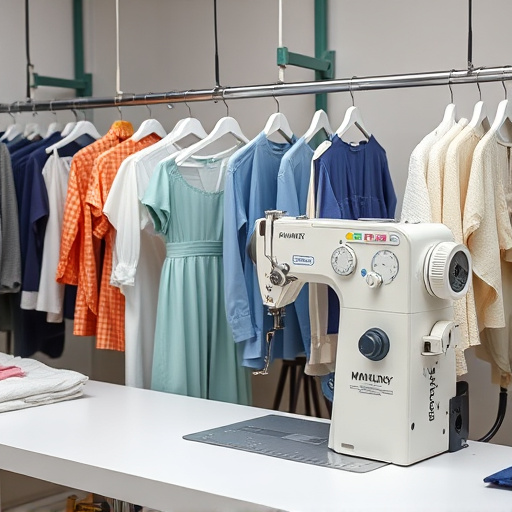
Navigating the fast-paced world of fashion requires agile strategies when it comes to production and delivery. DTF (Direct to Fabric) rush orders are a popular method for brands to keep up with ever-changing trends, ensuring they can quickly bring their designs to market. However, this rapid response comes with its own set of challenges. Brands must carefully manage timelines, as the process involves multiple steps: design approval, sourcing materials, preparation of dtf heat transfer paper, printing, and finally, garment production.
To overcome these obstacles, best practices include establishing clear communication channels, setting realistic deadlines, and maintaining a flexible supply chain. Efficient inventory management and close collaboration with manufacturers are key. For DTF applications like dtf for t-shirts or dtf for apparel, brands should choose reliable partners who can accommodate rush orders without compromising quality. This might involve investing in faster production technologies, ensuring timely material procurement, and having contingency plans to meet tight deadlines.
DTF Rush orders have revolutionized the fashion industry by enabling designers and manufacturers to keep pace with ever-changing trends. By understanding the benefits, challenges, and best practices associated with this production method, businesses can harness its power to stay ahead in a competitive market. DTF Rush Orders represent a dynamic approach to fashion, where speed and flexibility are key to success.

